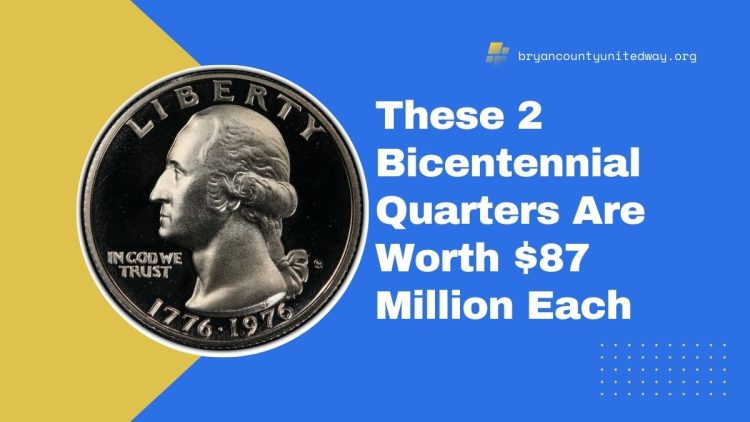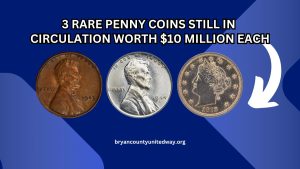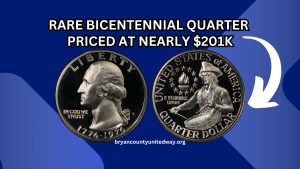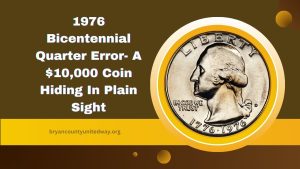Have you ever wondered if your spare change could be worth millions? In a surprising twist, two rare Bicentennial Quarters are reportedly valued at a staggering $87 million each, and what’s even more shocking – they could still be in circulation.
These coins, minted in 1976 to celebrate America’s 200th birthday, might be hiding in wallets, jars, and drawers across the country. Here’s everything you need to know to find out if you’re holding one of these treasures.
What Is a Bicentennial Quarter?
The Bicentennial Quarter was issued in 1976 to commemorate the 200th anniversary of American independence. Unlike regular quarters, it features a unique reverse design showing a colonial drummer and a torch encircled by 13 stars. It also bears the dual date “1776–1976” on the obverse under George Washington’s portrait.
Over 1.6 billion of these quarters were minted, making them fairly common. However, specific versions with rare minting errors, silver content, or proof characteristics are where the big money lies.
Why Are 2 Bicentennial Quarters Worth $87 Million?
Two of these quarters have reportedly reached a record-breaking valuation due to a perfect storm of ultra-rare features, condition, and collector demand. Here’s why:
- Minting Errors – These quarters may have been struck with major errors like double dies, off-center designs, or wrong planchet compositions (i.e., silver instead of copper-nickel).
- Missing Mint Mark Proofs – Some rare proof coins, typically made for collectors, are missing their mint marks, increasing their rarity.
- Condition (MS-70) – Coins graded a perfect MS-70 (Mint State 70) by professional grading services are incredibly valuable.
- Silver Composition – While most quarters are copper-nickel, a few were mistakenly struck in 90% silver, driving their value sky-high.
These extremely rare characteristics, when combined in a single coin, create the perfect formula for multi-million dollar value.
How to Check If You Have One
You don’t need to be a professional to check your quarters. Here’s how you can start:
- Check the Date: Only quarters with “1776–1976” are Bicentennial coins.
- Look at the Mint Mark: Found to the right of Washington’s ponytail. No mint mark or odd markings may be a clue.
- Inspect for Errors: Look for doubling, missing parts of the design, or unusual coloration (could mean silver).
- Condition: If it looks crisp and uncirculated, it might be worth grading.
- Get it Appraised: If you spot something unusual, contact a coin grading service for professional authentication.
Are Most Bicentennial Quarters Worth Money?
Most Bicentennial Quarters are worth only 25 cents, especially if they are worn or circulated. However, rare variants can command hundreds, thousands, or even millions of dollars, depending on their condition, minting errors, and uniqueness.
Still in Circulation?
Yes, some of these rare coins could still be circulating. Many people don’t realize the value of what they have, meaning you could stumble across a life-changing coin in your pocket, coin jar, or cash register at any time.
The idea that two Bicentennial Quarters are worth $87 million each may sound unbelievable—but in the world of coin collecting, rare errors and conditions can drive astronomical values.
While the average 1976 quarter is only worth face value, certain rare variants are fetching jaw-dropping prices. Take a moment to check your spare change—you just might be holding one of the most valuable coins in the world.
FAQs
How do I know if my Bicentennial Quarter is silver?
Hold the coin sideways—if it has a solid silver edge instead of a copper stripe, it may be a silver version.
What is a “double die” Bicentennial Quarter?
This is a coin where parts of the design (especially lettering) appear doubled due to a minting error. These are highly valuable.
Are there fake Bicentennial Quarters claiming high value?
Yes, always verify with a professional coin grading service before purchasing or selling any coin claiming extraordinary value.




